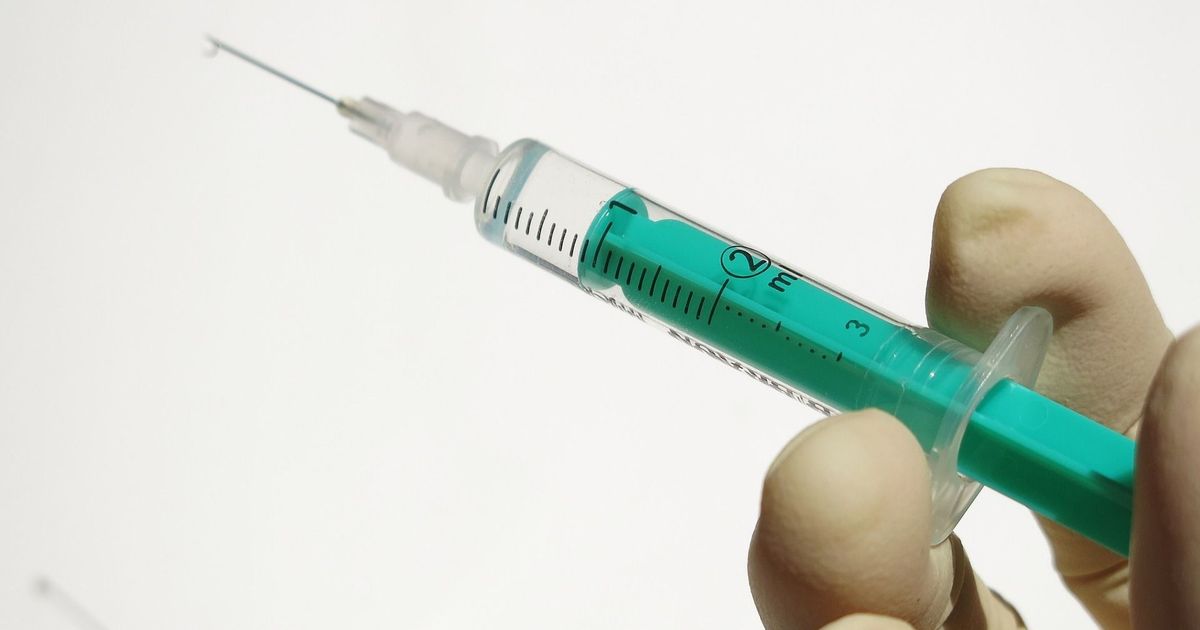Remedies For Kienbock's Disease
Cortisone Injections
Cortisone injections are commonly used for treating joint pain caused by inflammation, and they are also used to treat a variety of related conditions, especially arthritis. In fact, most joint issues ending in '-itis' can benefit from a cortisone injection. The cortisone is injected directly into the affected joint to reduce inflammation. Though it can be very effective, cortisone can be detrimental to cartilage, so this treatment is often limited.
Most patients can’t receive injections more than once every six weeks and generally not more than four times a year. The longevity of the anti-inflammatory effects vary from person to person and sometimes vary between injections in one patient. If a patient's first round of treatment isn’t effective, they shouldn't give up hope. There is a chance the next round could give them the relief they have been seeking.
Surgical Procedures

Certain cases of Kienbock’s disease may require more invasive treatment options. There are a variety of surgical procedures intended to treat Keinbock’s disease. Doctors will recommend the right procedure for how far their patient's case has progressed. The stage of the disease dictates the goal of the surgery. In the early stages, it may be possible to restore blood flow to the lunate.
A piece of healthy bone with good blood flow is introduced to the lunate in the hopes it will bring blood flow back to the affected bone. If the disease is more advanced, doctors may advise a procedure that removes the lunate and two other bones in the wrist. This generally alleviates pain while maintaining a moderate level of wrist mobility. Some cases may lead doctors to suggest an entire wrist replacement.
